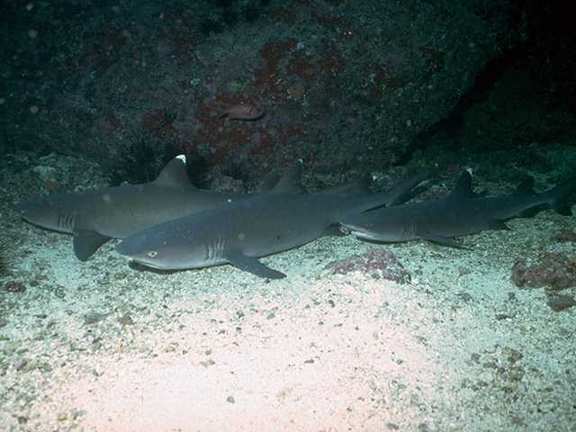|
| Query: Shark | Result: 1109th of 1521 | |
Whitetip Reef Shark (Triaenodon obesus) <!--백기암초상어-->
| Subject: | Whitetip Reef Shark (Triaenodon obesus)
| |

| Resolution: 576x432
File Size: 31853 Bytes
Upload Date: 2005:09:15 20:47:18
|
|
|